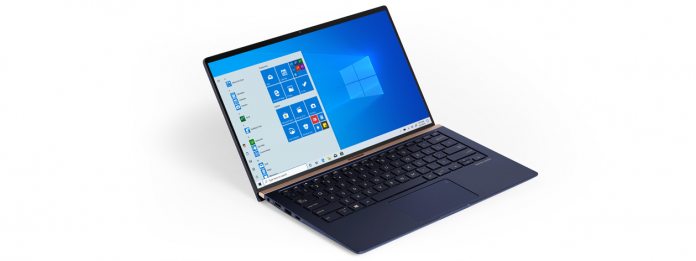The bug and update have also been put into the Known Issue Rollback (KIR) System, which will stop it from spreading further. Users who have already installed KB5015878 for Windows 10 may experience widespread audio issues on the platform. In its post, Microsoft says the issue manifests differently depending on the PC, which means hardware influences how it affects Windows 10. For example, some users are experiencing a total audio blackout with no sound at all. Others report audio issues on specific devices, apps, or ports. Microsoft says PCs with the “audio enhancements” setting disabled on audio drivers when installing KB5015878 are at risk.
Workarounds
To help people who are facing this problem, Microsoft is using the Known Issue Rollback. This requires no action by the users and will automatically undo the issue. However, the company says this will only help people who have not yet installed KB5015878. For those who did install the update and have audio issues in Windows 10, the company is offering the following three workarounds: “If you have not yet installed the update, you can do the following to prevent the issue:
Updating your audio device driver (also called “sound drivers” or “sound card drivers”) might prevent this issue. If there are updated drivers available on Windows Update or from your Windows device manufacturer’s (OEM) webpage, installing them might prevent this issue. If you are using any advanced audio applications such as Open Broadcaster Software (OBS), it is recommended that you backup all your settings before installing the update.
If only certain apps are impacted, you can try the following to mitigate the issue:
Verify that the audio devices set within those apps are the expected devices. Audio endpoints might be reinitialized after KB5015878 is installed and some apps might set the audio devices for microphone and speakers to default. If the device settings within the app are as expected, the apps might be caching the Windows Multimedia Device (MMDevice) ID. Caching the MMDevice ID is not recommended and might require reinstallation of the affected app or contacting support for the developer of the app for how to resolve the issue when audio endpoints are reinitialized and have new MMDevice IDs.
If you have already installed the update and are experiencing issues with audio on all apps, you can try the following to mitigate the issue:
The Windows audio or sound troubleshooter might be able to resolve the issue for you. You can launch the troubleshooter from Fix sound or audio problems in Windows by selecting the Open Get Help button in the article. The Get Help dialog window should open, and you will need to select yes to open the troubleshooter. If your device’s audio is still not working as expected, follow the instructions in Disable Audio Enhancements. Note: The article uses the microphone as an example, but you will need to do the steps for any affected audio device.”
Tip of the day: Did you know you can use Windowss built in antivirus Microsoft Defender also with scheduled scans? In our tutorial we give you step-by-step instructions on how to program your personal scan-schedule to keep your free of malware.




